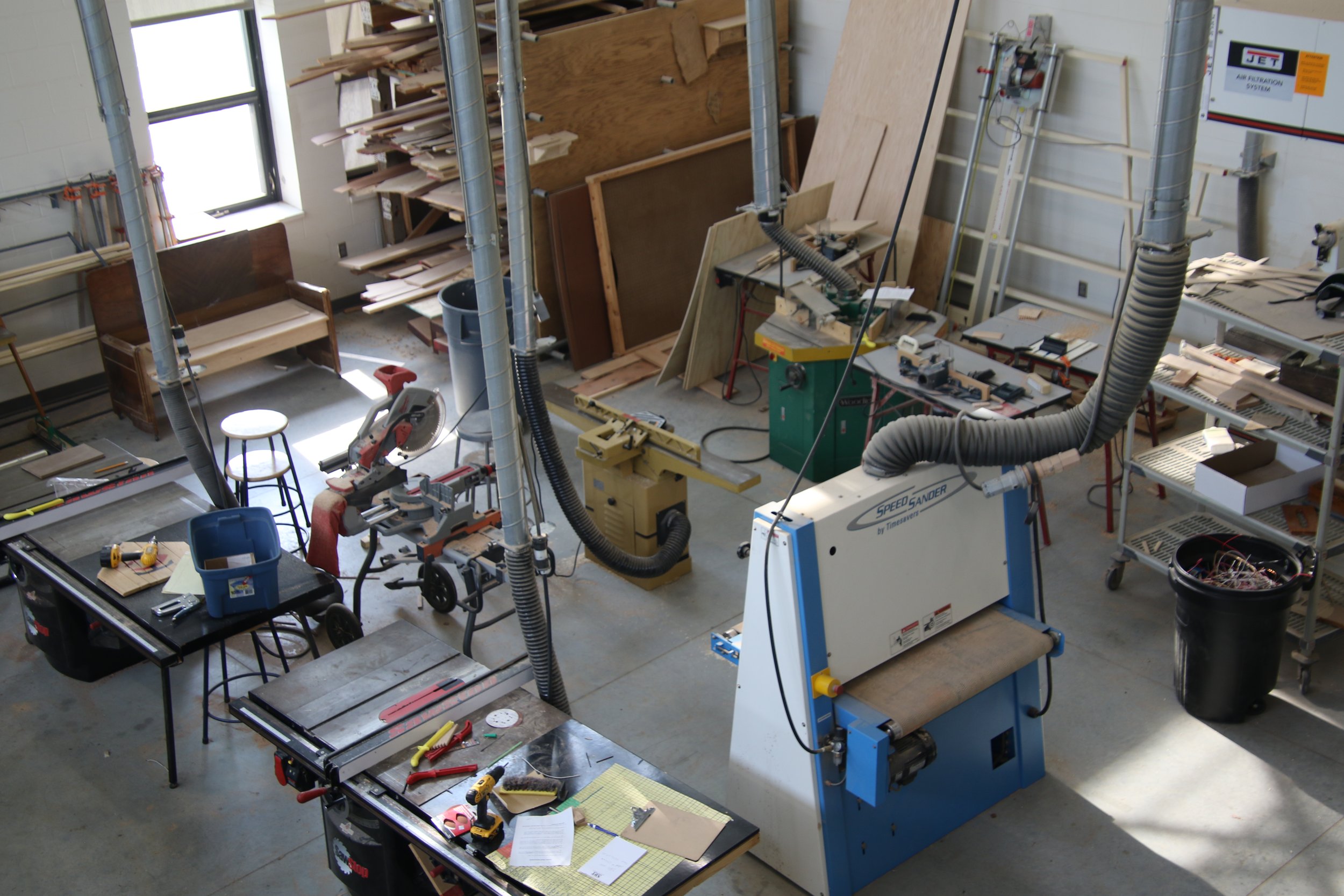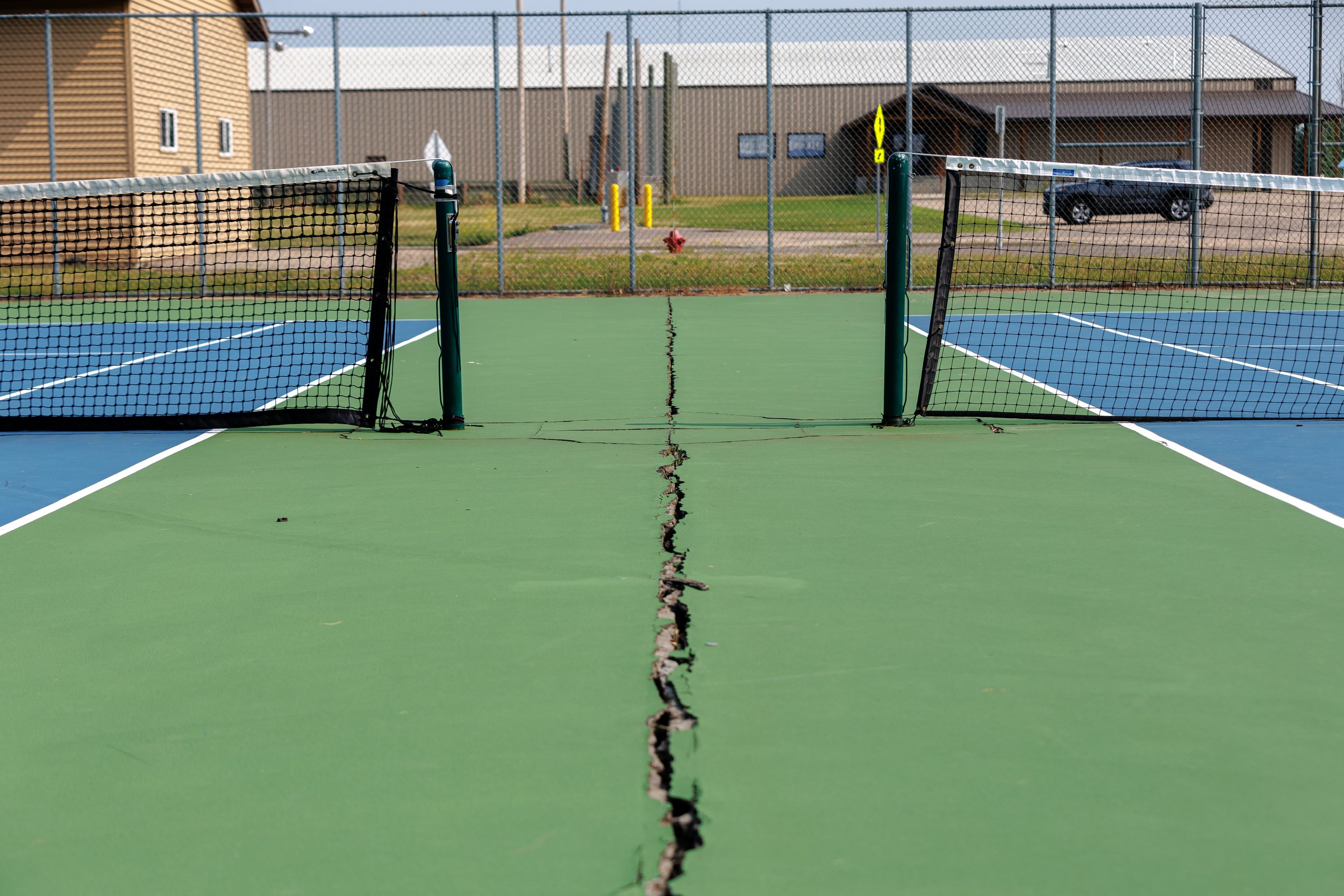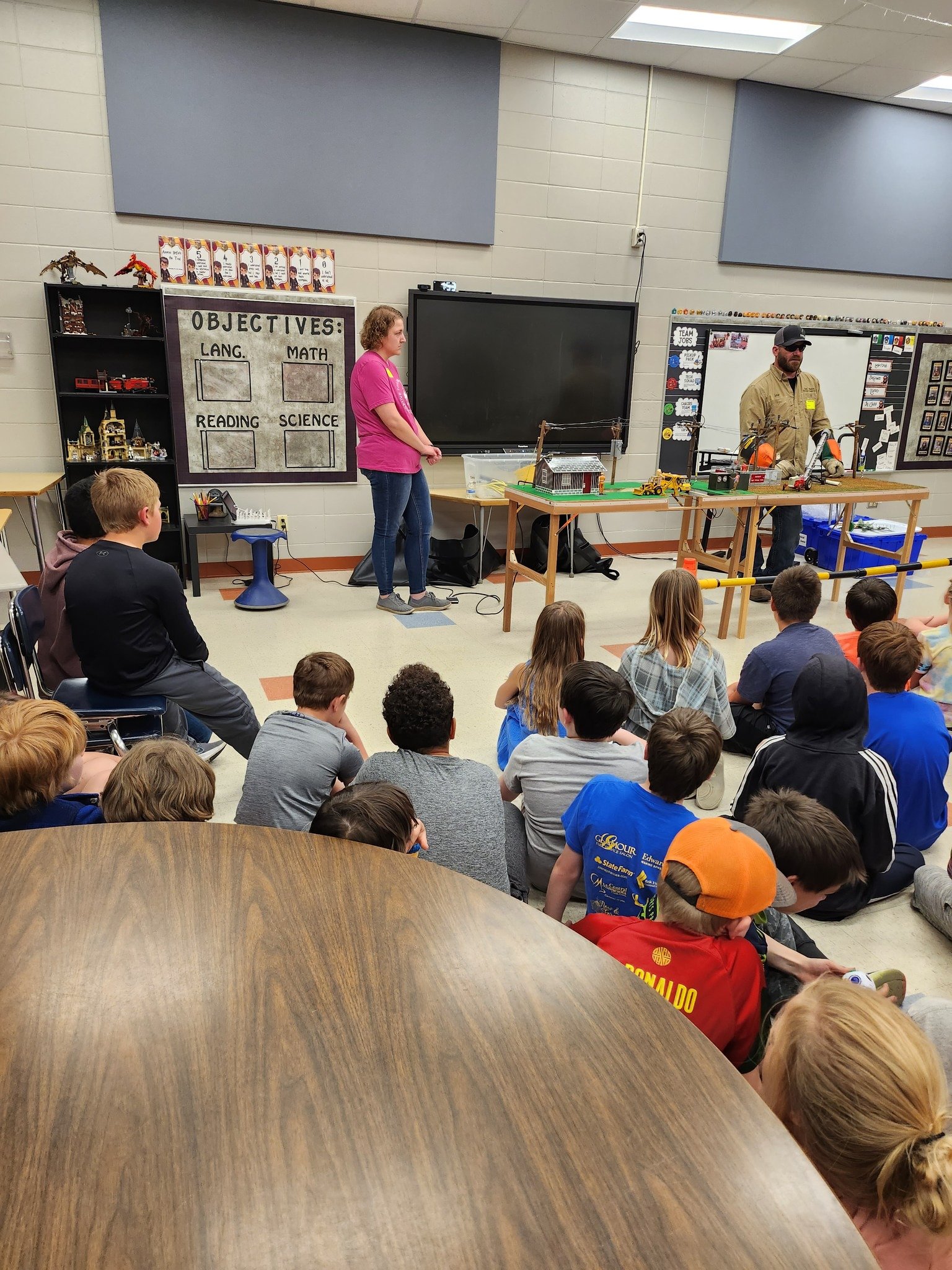
Our Challenges
Over the last year, our district comprehensively reviewed the adequacy of our student programming and school buildings to identify the top challenges facing our district.
Keeping our schools financially stable
Funding for education has not kept pace with inflation. The funding formula that Minnesota uses to determine its per-pupil spending has lagged behind the rate of inflation over the last 15 years, averaging less than two percent per year. This has made it increasingly difficult to pay for rising education costs.
The 2023 education funding bill included a larger than normal annual increase, it also added significant new spending mandates to our district which nullified much of the impact. As student enrollment grows, our schools will need to adapt to ensure our buildings and educators have the resources they need to maintain exceptional education for students.
COVID-relief funds will run out after this school year. $900,000 in one-time federal funding helped keep our schools financially healthy during the pandemic. This funding enabled our district to add valuable academic specialist positions and expand our popular REACH program to strengthen individualized academic support for students. Expiration of this funding will add new pressure on our district’s general fund. Our district will need to cut spending in other areas to maintain these investments for students going forward.
Preparing our school buildings for the next generation of learners
Enrollment in our district has grown approximately 7% since 2018 and is projected to stay at its current level over the next five years. This growth has increased class sizes and put pressure on available classroom space in our schools.
Career and Technical Education (CTE) programs lack appropriate space and equipment. Demand for classes that teach trade and technical skills has grown, but CTE space at the middle/high school building is limited and lacks the equipment needed to give all students the proper access to training.









WDC Elementary School needs maintenance to keep the building healthy and safe. Our district was able to complete many needed improvements thanks to the bond referendum in 2017, but several identified needs still need to be addressed. The elementary school’s roof and windows are decades old and show signs of failure, risking moisture intrusion and poor insulation. The K-2 playground is not ADA compliant and in need of replacement, and the sound and lighting systems in the auditorium are also outdated and experiencing failures. At the front of the building, the steps and ADA ramp to Door #7 are deteriorated and need replacement to improve accessibility.












Some athletics facilities are beyond their life expectancy and not ADA compliant. Bleachers at the football and baseball fields fail to accommodate those with disabilities and include very old wooden seating that needs to be replaced. Additionally, the surfaces of our track and tennis courts are deteriorating and need replacement to protect their longevity and the safety of student athletes.








The pick-up/drop-off loop and parking lot at the middle/high school create unsafe backups and long wait times for students and visitors. A redesigned loop and additional parking would improve safety and efficiency during pick-up, drop-off, and large school events.











